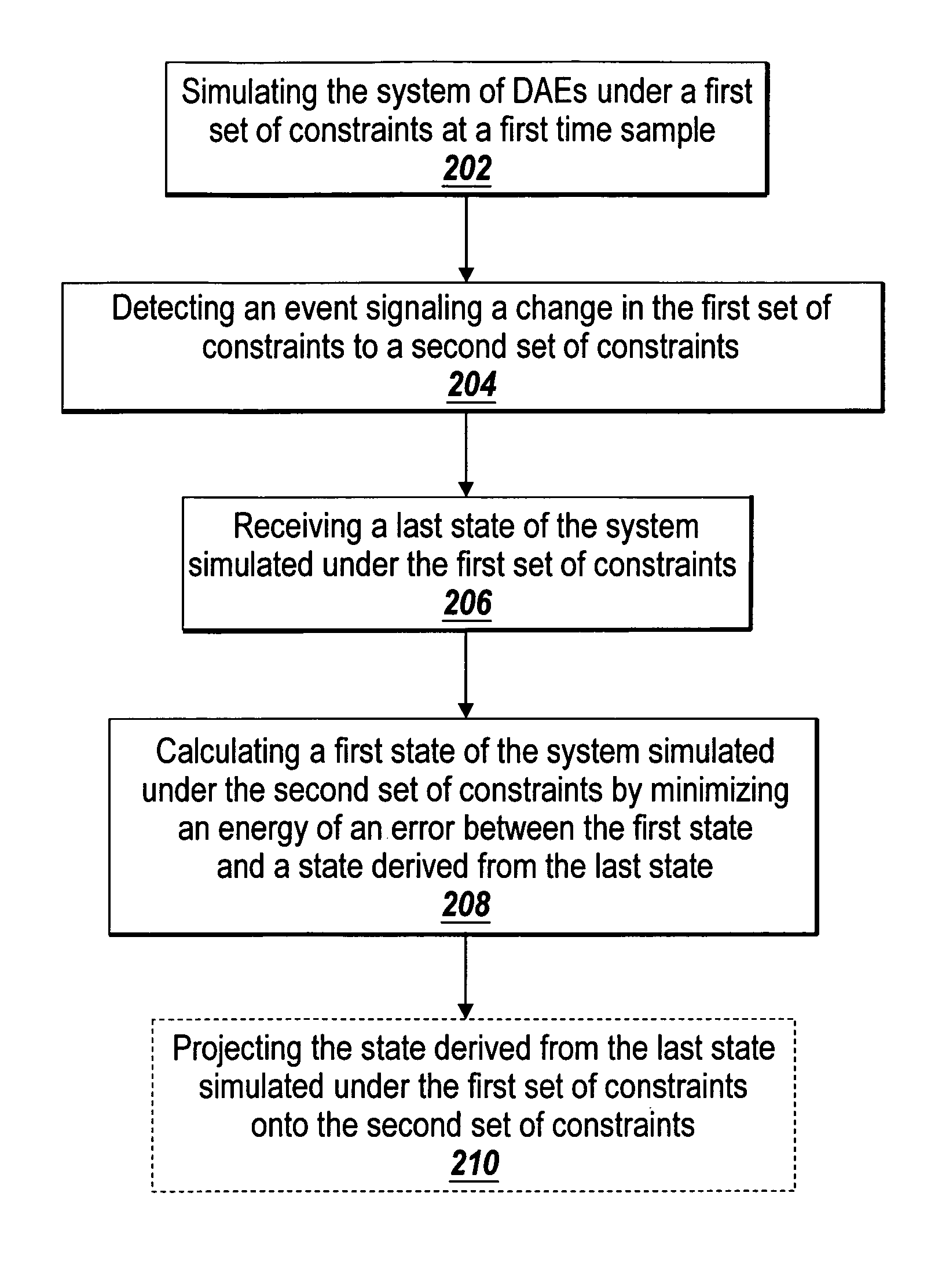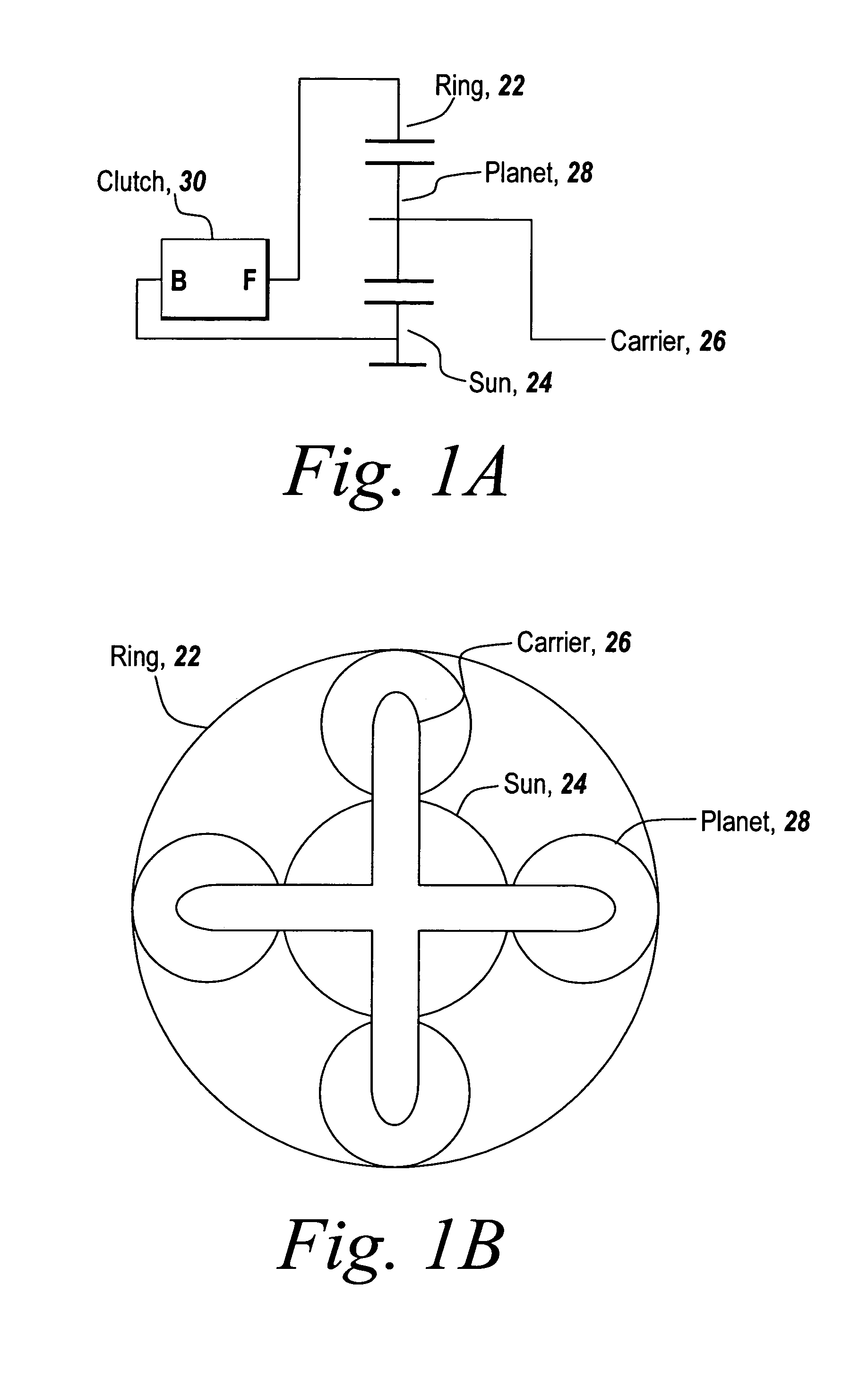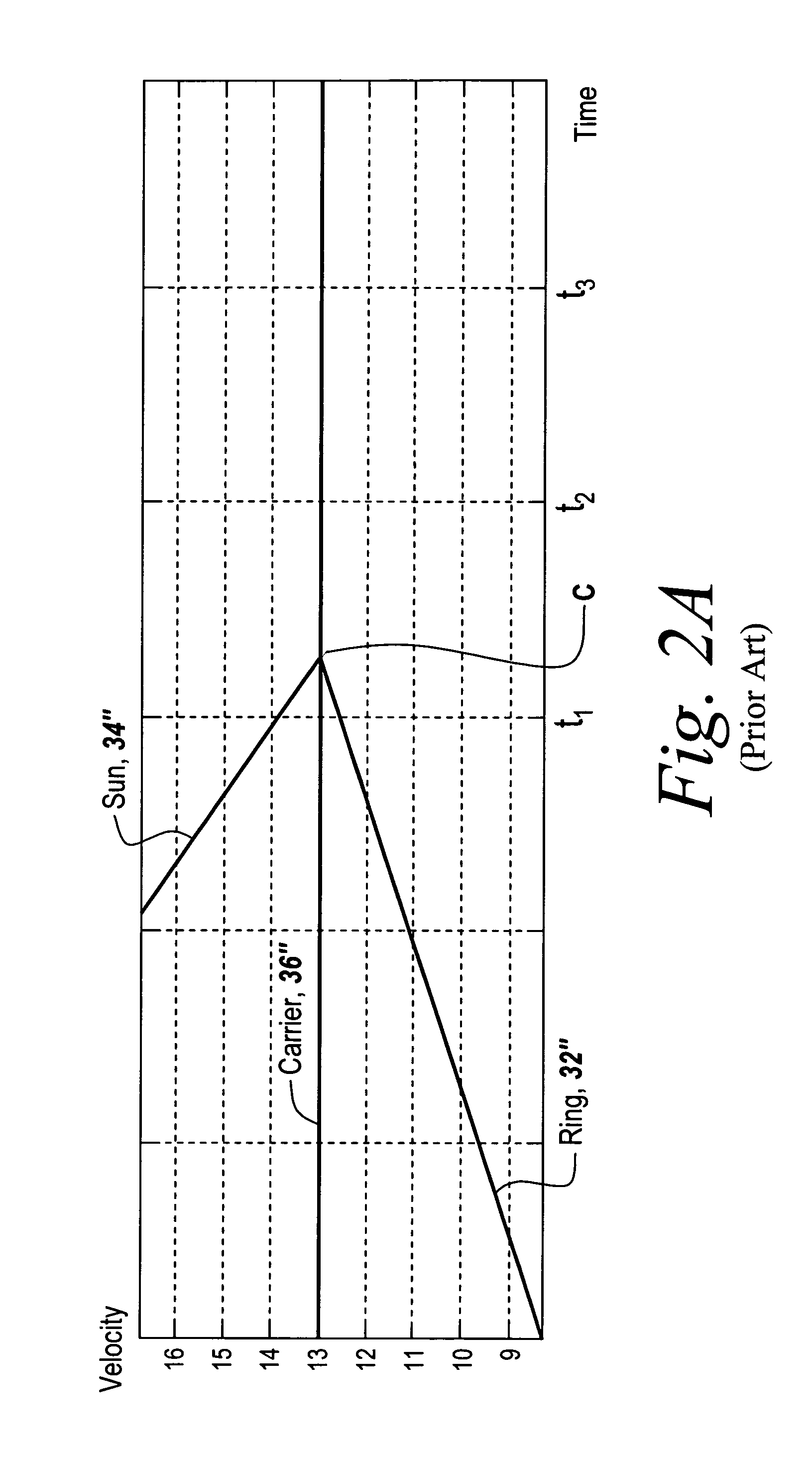State projection via minimization of error energy
- Summary
- Abstract
- Description
- Claims
- Application Information
AI Technical Summary
Benefits of technology
Problems solved by technology
Method used
Image
Examples
Embodiment Construction
[0025]The present invention in one aspect improves the accuracy, efficiency, and robustness of fixed-step solvers especially when simulating a physical system that does not change in energy at the critical event. The present invention may also be used with a variable-step solver as well when there is restraint in the number of time steps used or the size of the time step in the simulation. Additionally, the present invention may also be used with a system that has a change in energy at the critical event. One of ordinary skill in the art will appreciate that the present invention is not limited to the exemplary usage listed herein, and the exemplary usage should not be used to limit the scope of the present invention. In many conventional simulations, an approximation that simplifies analysis without too great a cost in accuracy is often used. Variable-step solvers are able to utilize algorithms that involve many approximations because the solvers can modify the time steps to be sma...
PUM
 Login to View More
Login to View More Abstract
Description
Claims
Application Information
 Login to View More
Login to View More - R&D
- Intellectual Property
- Life Sciences
- Materials
- Tech Scout
- Unparalleled Data Quality
- Higher Quality Content
- 60% Fewer Hallucinations
Browse by: Latest US Patents, China's latest patents, Technical Efficacy Thesaurus, Application Domain, Technology Topic, Popular Technical Reports.
© 2025 PatSnap. All rights reserved.Legal|Privacy policy|Modern Slavery Act Transparency Statement|Sitemap|About US| Contact US: help@patsnap.com



